Did you know that Indonesia holds the title of the world’s largest archipelago? That’s right, with over 16,000 islands dotting this incredible nation, each with its unique culture, beliefs, tribes, and ethnicities. These rich traditions have been passed down for generations, evident in vibrant festivals that continue to this day. From honouring ancestors and praying to deities to achieving social status within a tribe, these celebrations offer a glimpse into the heart and soul of Indonesia.
Fahombo (Stone Jumping)

A traditional sport from Nias in North Sumatra. Only males participate, starting from age 10. They wear traditional clothes and jump over tall stones. If they clear a 2-meter stone, they’re considered mature enough to take on bigger responsibilities and are allowed to marry. In the past, this sport also helped identify men fit for soldiers.
Sekaten

A Javanese festival commemorates the birth of the Prophet Muhammad, held by the Royal Palace known as Keraton, in Surakarta. It is marked by a large parade and a Night Market called Sekatenan, where people can enjoy games, attractions, foods and traditional performances, and purchase traditional goods at the Northern town square, known as alun-alun Utara, for 40 days.
Reog Ponorogo Festival
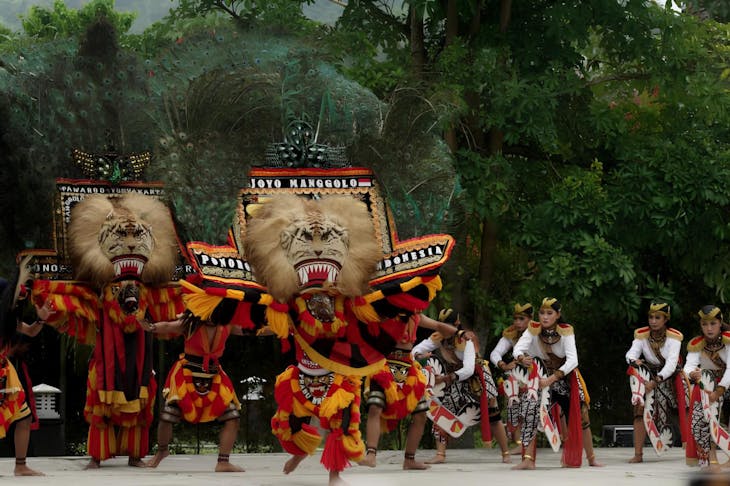
Originating from Ponorogo, East Java, the Reog Ponorogo Festival is an annual event showcasing East Javanese arts and culture as a symbol of the Ponorogo Anniversary. The highlight of the festival is the Reog dance, featuring elaborate masks, vibrant costumes, and dynamic performances accompanied by gamelan music.
Reog is a 50-kilogram giant mask that can only be worn by one person and is held by sheer tooth strength.
Omed-omedan
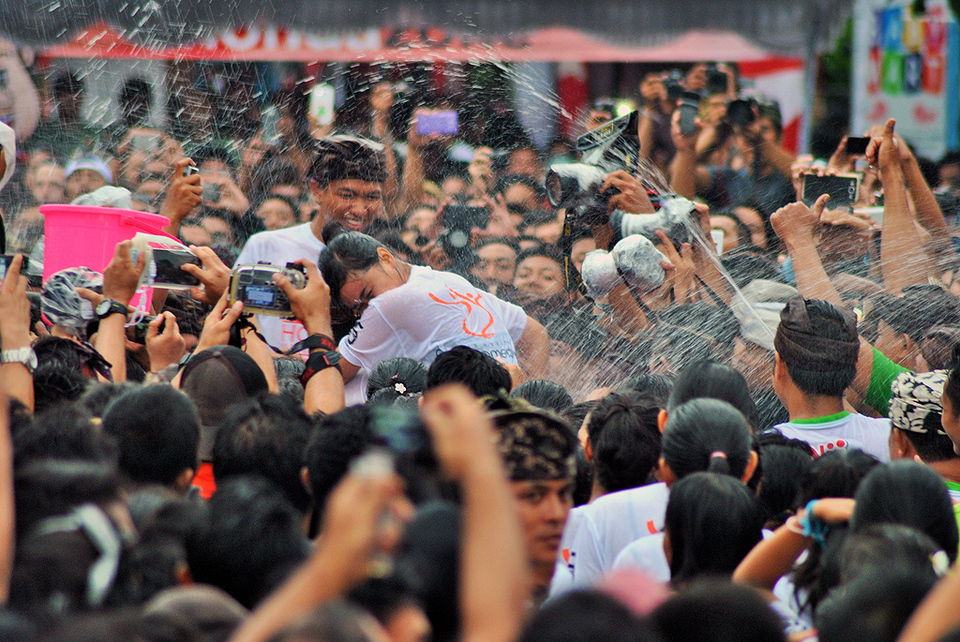
A unique annual tradition in Bali that you can only witness in Sesetan village right after Nyepi day, which has existed since 17 AD and focuses on clearing away bad energy. This ritual involves young individuals forming two facing groups – male and female (aged 17 to 30). They randomly select and lift individuals from the opposing group to the front line, briefly hug, and then try to break free by pulling. If they can’t, they get drenched with water until completely soaked. Before joining the rituals, they usually pray at a Pura Banjar and ask to cleanse their hearts to the gods.
Kebo-Keboan
:strip_icc():format(webp)/kly-media-production/medias/2912319/original/011386000_1568616866-4_Atraksi_Keren_ini_Siap_Meriahkan_Banyuwangi_di_Akhir_Pekan_1.jpeg)
A tradition in Banyuwangi, East Java, where local farmers parade through the village dressed as buffaloes, honouring the role of buffaloes in supporting agriculture. This ritual, dating back to 18 AD, originates from the Osing Tribe. It serves as gratitude to their gods and goddesses and asks for fertility for their land. The festivities commence with the preparation of produce and dishes placed along the roadsides. The parade, led by women symbolising the goddesses, blesses the village and ends with the distribution of rice seeds to the farmers.
Peresean
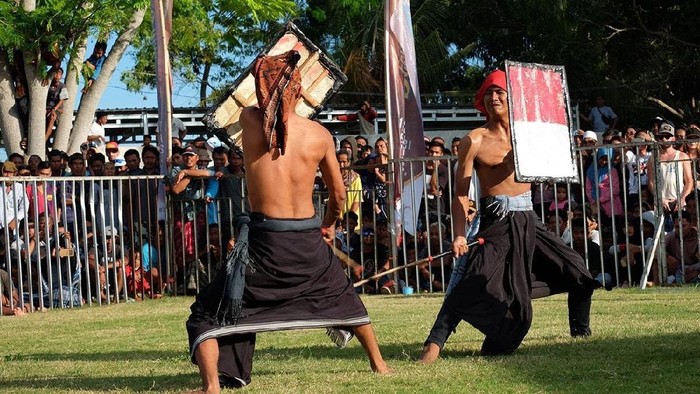
A distinctive tradition in Lombok, involving a mock battle between two men from the Sasak tribe using rattan sticks and shields. Originally a rainmaking ritual, Peresean has evolved into an art and cultural performance. In this sacred battle ritual, the knights wear headbands (saput) and belts (bebadong) while chewing lemongrass, held only at certain times, such as celebrating Indonesian Independence Day on August 17th.
Bau Nyale Fishing Festival
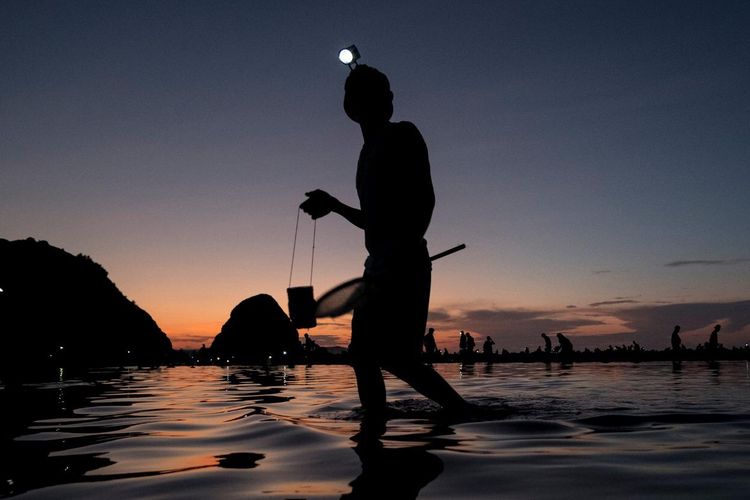
While still on Lombok Island, let’s delve into a tradition of the Sasak tribe: the Bau Nyale Fishing Festival. “Bau” translates to “catch,” and “Nyale” refers to “sea worm.” This festival sees locals gathering along the shores at night, aiming to catch these sea worms, believed to bring prosperity. Typically held in February or March, the Nyale holds special significance for the Sasak tribe, who prepare it by grilling it in banana leaves or frying it without oil.

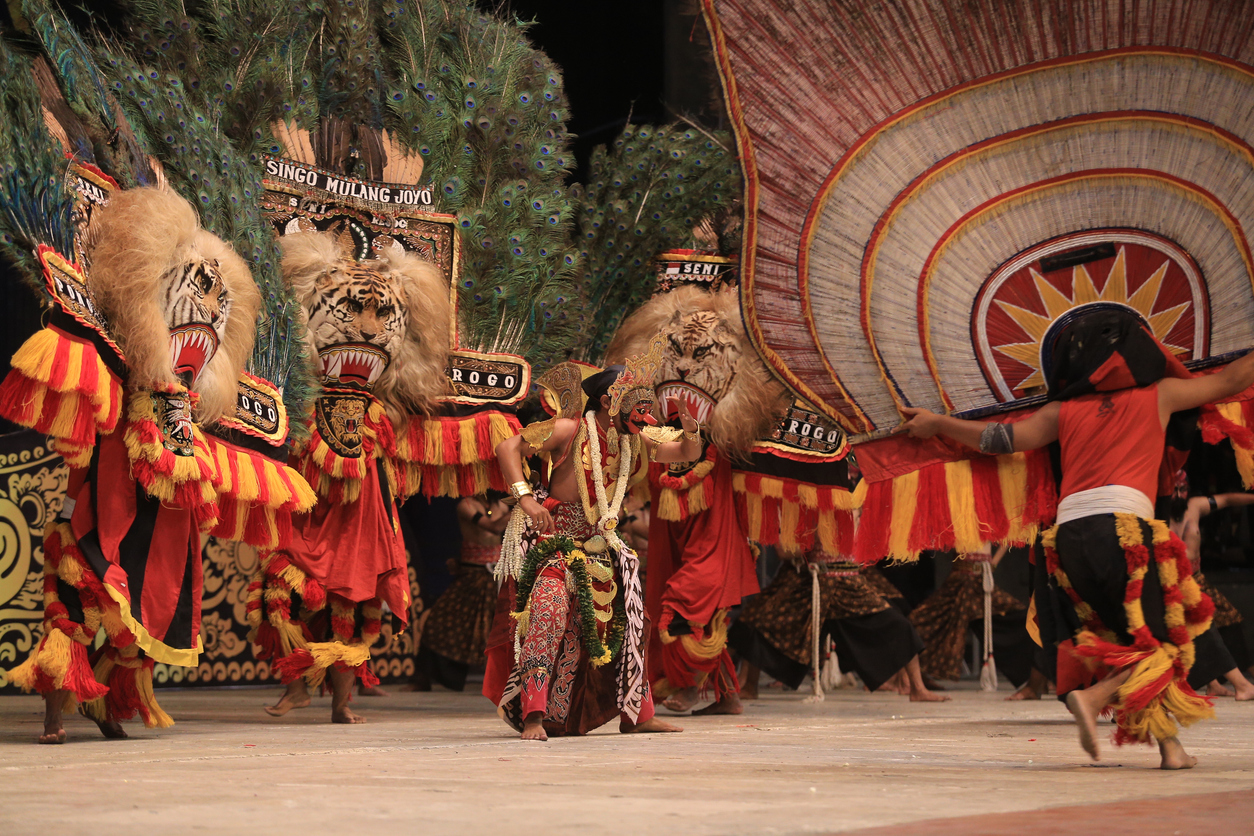
No comments